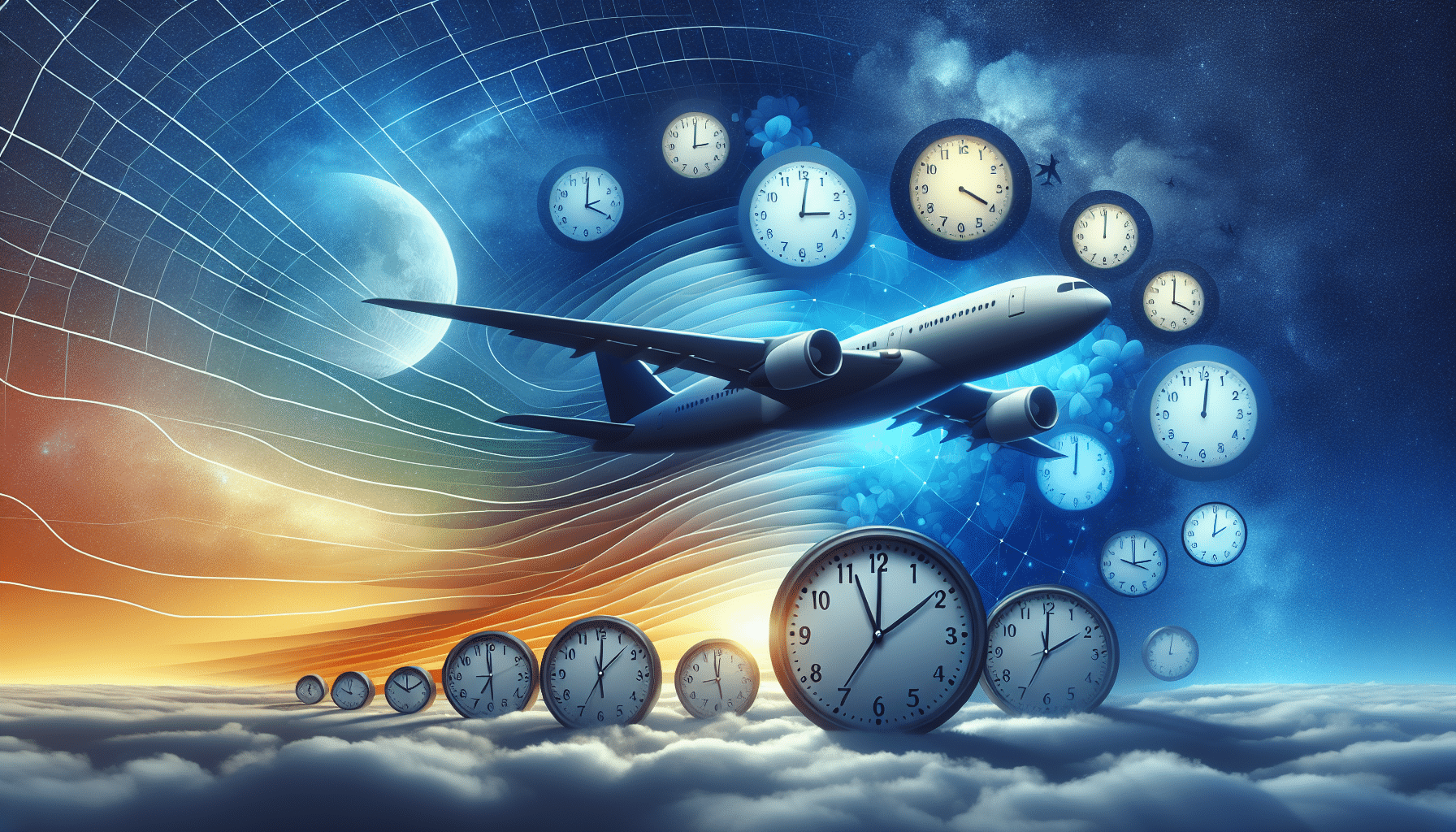Impact of Jet Lag on Insomnia and Sleep Architecture
Analysis of 60,000 Trips Reveals Persistent Insomnia Due to Jet Lag
Jet lag is a common challenge for travelers crossing multiple time zones, and its impact on sleep is both profound and persistent. A comprehensive study conducted by researchers at the Centre for Sleep and Cognition at the NUS Yong Loo Lin School of Medicine, in collaboration with Oura, analyzed sleep data from 60,000 trips covering over 100 kilometers. This study utilized 1.5 million nights of de-identified data from the Oura Ring, marking the first large-scale, real-world investigation into jet lag recovery. Unlike previous studies conducted under controlled conditions or involving specific groups like athletes, this research reflects the experiences of the general traveling public. The findings highlight that while travelers may be aware of jet lag’s challenges, the data-driven evidence underscores the persistent nature of its impact, particularly in adjusting sleep timing to new time zones.
Sleep Architecture, Including Timing and Structure, Takes Longer to Realign Post-Travel
The study reveals that while sleep duration tends to recover quickly, aligning within 15 minutes of habitual sleep duration within the first few days post-travel, sleep architecture, including timing and structure, takes significantly longer to realign. Travelers often face challenges in falling asleep at appropriate local times, leading to more nighttime awakenings and disrupted sleep patterns. This misalignment is particularly pronounced with eastward travel and when crossing multiple time zones, where recovery can extend beyond a week. The study’s lead researcher, Adrian Willoughby, emphasizes that while jet lag is a known sleep disruptor, the persistent effects on sleep timing and structure are more severe than previously understood.
Insomnia Recovery Patterns Post-Travel
Sleep Duration Returns to Baseline Within Two Days, But Insomnia Persists Due to Disrupted Sleep Timing
The study’s findings indicate that sleep duration typically returns to baseline within approximately two days post-travel. However, insomnia persists due to disrupted sleep timing, which is a more complex issue to resolve. The ability to fall asleep at the appropriate local time remains impaired, leading to extended recovery periods. This disruption in sleep timing is a critical factor in the persistence of insomnia, as travelers struggle to adjust their internal body clocks to new time zones.
Eastward Travel Exacerbates Insomnia, With Recovery Taking Over a Week
Eastward travel, in particular, exacerbates insomnia, with recovery taking over a week. The study highlights that jet lag is more severe following eastward journeys, especially for shorter trips involving up to three time zones. For longer journeys, the disruption from habitual sleep patterns is similar regardless of direction, with sleep occurring 60-70 minutes earlier or later than usual. This prolonged recovery period underscores the challenges travelers face in realigning their sleep architecture post-travel, with eastward travel presenting a more significant hurdle in overcoming insomnia.

Factors Influencing Insomnia Severity in Travelers
Minimal Gender Differences in Insomnia, But Age Impacts Recovery
When it comes to insomnia severity among travelers, the study found minimal differences between genders. However, age plays a significant role in how individuals recover from jet lag. Younger travelers, particularly those in their twenties, tend to experience more pronounced disruptions in their sleep patterns compared to older adults. This age-related difference might be attributed to the greater flexibility in the sleep architecture of younger individuals, which can make it more susceptible to disturbances. For instance, a 20-year-old might experience a 15-minute greater reduction in sleep compared to a 60-year-old during the initial days post-travel. This insight is crucial for tailoring strategies to mitigate jet lag effects based on age.
Overnight Flights and Early Departures Contribute to Insomnia and Impaired Performance
The timing of flights also significantly influences the severity of insomnia experienced by travelers. Overnight flights and early morning departures are particularly notorious for disrupting sleep. These flights often result in shortened sleep the night before departure, as travelers wake up earlier than usual to catch their flights. Additionally, the challenge of sleeping on planes, coupled with the discomfort of travel, leads to impaired performance and increased daytime sleepiness upon arrival. This sleep deprivation can result in early bedtimes and extended recovery sleep the following night, further complicating the adjustment to new time zones. For those looking to minimize the impact of jet lag, considering flight schedules and opting for flights that align better with natural sleep patterns might be beneficial.
Role of Wearable Technology in Insomnia Research
Oura Ring Data Provides Insights into Habitual Sleep Patterns and Insomnia Recovery
Wearable technology, such as the Oura Ring, has revolutionized the way researchers study sleep patterns and recovery from insomnia. By collecting extensive data on sleep duration, timing, and structure, these devices offer valuable insights into how individuals’ sleep habits are affected by travel. The Oura Ring, in particular, has been instrumental in providing a comprehensive view of how quickly sleep duration returns to baseline and how long it takes for sleep architecture to realign post-travel. This data not only helps in understanding the general trends in insomnia recovery but also allows individuals to compare their sleep patterns against population averages, offering a personalized perspective on their sleep health.
Future Research to Explore Lifestyle Factors and Interventions
The potential of wearable technology extends beyond merely tracking sleep patterns. Future research aims to delve deeper into lifestyle factors that influence the speed of insomnia recovery. By exploring interventions such as timed light exposure and melatonin ingestion, researchers hope to develop practical strategies that travelers can use to mitigate the effects of jet lag in real-world settings. These interventions could be tailored to individual needs, taking into account factors such as age, travel direction, and personal sleep habits. As the field of sleep research continues to evolve, the integration of technology and personalized interventions holds promise for improving the travel experience and reducing the burden of insomnia. For more insights into managing insomnia, check out our Insomnia Blog.
Sources:https://www.sciencedaily.com/releases/2025/04/250409115301.htm


